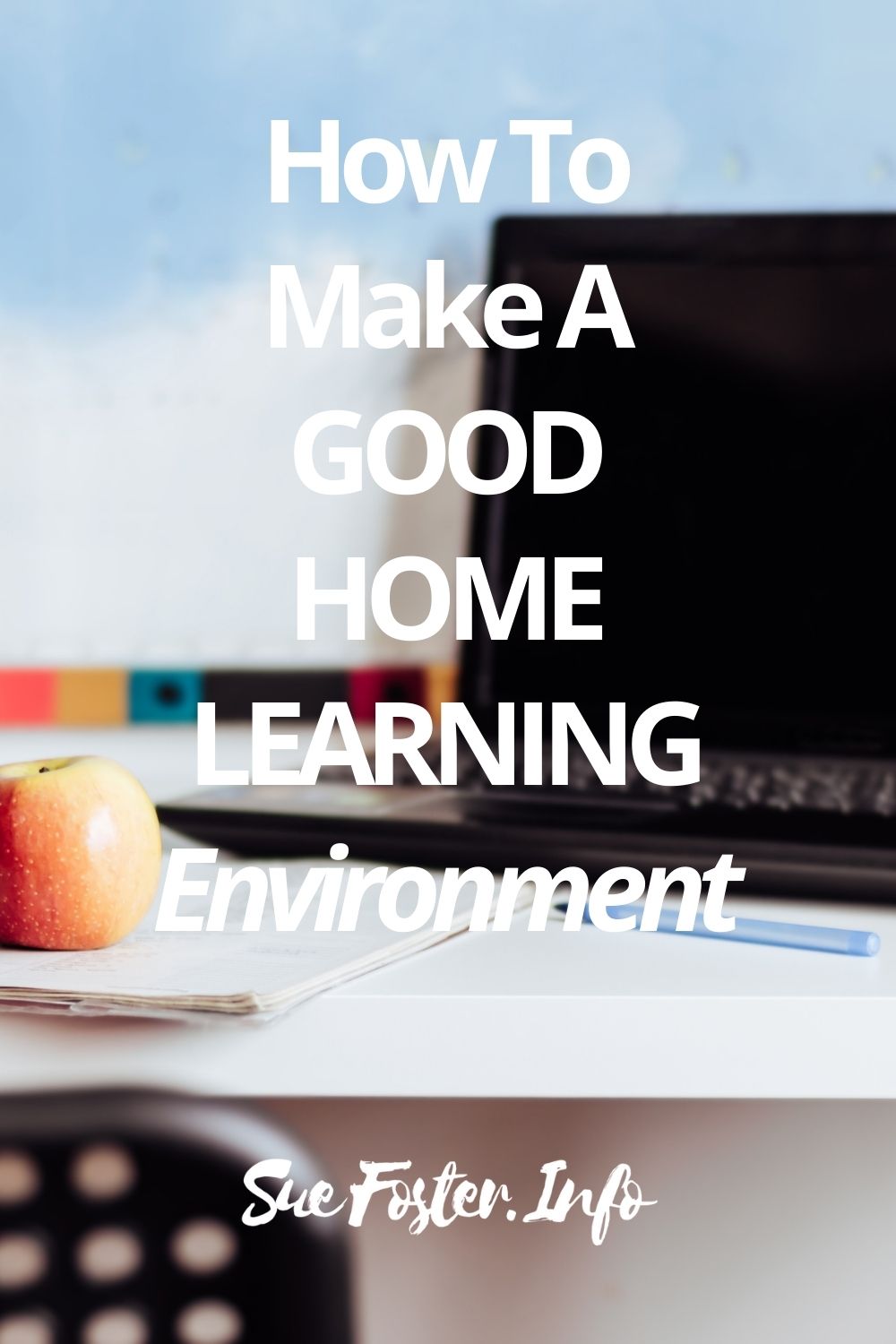If you run into conflicts trying to get your kids to do their home education, a dedicated work area may be the solution. Creating a space just for learning will help your child to do better while maintaining more harmony in your home.

What Makes A Good Home Learning Space?
Look for a spot that will enable your child to concentrate, while you provide whatever level of supervision they need.
The kitchen or dining room table is often a good option. If there is space for a small desk in your child’s bedroom, this is also a good option.
Put Phones and Video Games Away While Studying
Save the mobile phone calls and video games for later. You may want to give your child a computer without internet access or limit their browsing to what they need for their work.
Stock Up on Homework Supplies
Put together an assortment of all the commonly used items you’re likely to need such as exercise books, pens, pencils, markers, glue, scissors maths set and a calculator.
Exercise books with lined or square paper can be bought very cheaply online. The one’s below are what we use for our home education use.
Silvine Exercise Book Ruled and Margin 80 Pages 229x178mm.
Silvine Exercise Book 5mm Squares. 80 Pages 229x178mm.
Create Work Folders
Make it easier for your child to organise and store any work that is not written in exercise books by using document wallets or folders.
Supply Background Music
Some people focus better in complete silence and others prefer background sounds. My daughter likes to study listening to music. Experiment with instrumental music if your child complains that it’s too quiet.
Offer Fidget Toys
Your child may crave something to do with their hands. Small children may like building toys or puzzles, while older kids can have something like a Push Pop fidget toy.
Using Your Learning Space
Discuss the importance of completing work. Get your child involved in the process from the start by talking about the benefits of learning. Welcome their suggestions for how to work together and what time.
We find learning in the morning, then another lesson just after lunch suits us best. The rest of the day is free for other activities or getting my work done.
Our routine is pretty flexible, you don’t have to recreate school when you are home-educating!
Break Tasks Down Into Chunks
It’s natural for kids to need one or more breaks during their work sessions. Setting a kitchen timer makes it easy for them to see how much time they need to work before break time.
We use an app where each lesson is only around ten minutes long. This stops boredom and helps children absorb the information better.
Proceed Gradually
Incremental goals will show your child that they’re making progress and motivate them to achieve more. Pick one or two areas for improvement at a time.
Give Rewards
Teach your child that their actions have consequences. If they study well and complete the work you set, reward them with something meaningful to them.
Bake their favourite cake together, or plan a day out as a special treat as a reward for their hard work.
Giving children the resources to succeed, by putting together a good working environment, will make learning more fun and productive.
You may also wish to read: The Importance of a Routine When Educating Your Child During the Coronavirus Outbreak, How do I Deregister My Child From School UK? and 8 Fun Homeschooling Resources.


